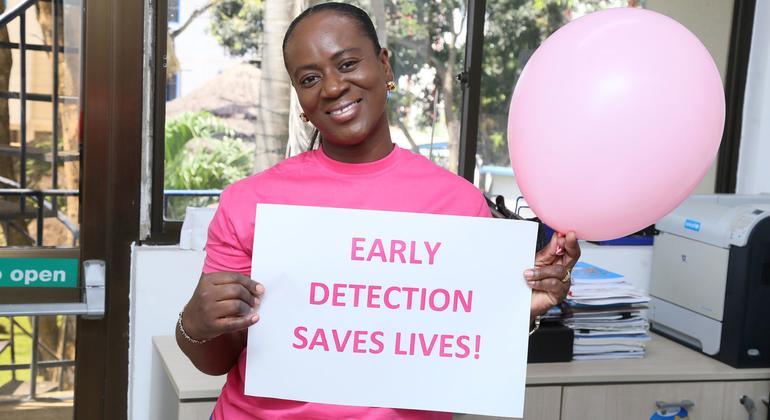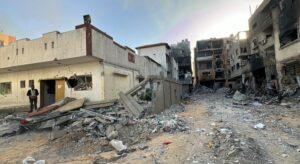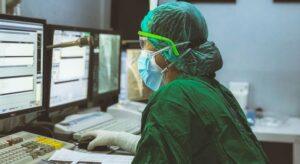The results, published in Nature Medicine on Monday, warn that if current trends continue, the world will see 3.2 million new cases of breast cancer and 1.1 million related deaths each year by the middle of the century.
The burden will be felt disproportionately in low and intermediate income countries, where access to detection, processing and early care remains limited.
“Every minute, four women receive a diagnosis of breast cancer worldwide and a woman dies from the disease, and these statistics aggravate”, “ said Dr. Joanne Kim, scientist at CIRC and co-author of the report.
“Countries can mitigate or reverse these trends by adopting primary prevention policies, as WHO has recommended” best purchases “for the prevention of non-transmitted diseases and investing in early detection and treatment”, a- she explained.
An increasing global burden
Breast cancer remains the most common cancer in women in the world and the second most common cancer as a whole.
In 2022 alone, around 2.3 million new cases were diagnosed with 670,000 reported deaths. However, the report highlights significant disparities between regions.
The highest incidence rates have been recorded in Australia, New Zealand, North America and Northern Europe, while the lowest rates were found in Asia in the South Center and in some parts of Africa.
Meanwhile, the highest mortality rates have been reported in Melanesia, Polynesia and West Africa, where limited access to health care contributes to poorer results.
The link between the survival of breast cancer and economic development is striking: in high income countries, 83% of women diagnosed survive, While in low -income countries, More than half of women diagnosed with breast cancer have died.
Urgent need for action
The WHO launched the World Breast Cancer Initiative in 2021, aimed at reducing breast cancer mortality rates by 2.5% per year, which could prevent 2.5 million deaths by 2040.
The initiative focuses on early detection, timely diagnosis and access to quality treatment.
Dr. Isabelle Soerjomataram, deputy chief of the CARC cancer surveillance branch, stressed the need for data on high -quality cancer to stimulate the best policies in low -income regions.
“Continuous progress in early diagnosis and improving access to treatment is essential to fill the global gap in breast cancer and guarantee that the objective of reducing the suffering and death of breast cancer is achieved Through all the countries of the world, “she said.
The long -term path
The report highlights the importance of stronger health systems, increased financing for detection and treatment of breast cancer and the adoption of profitable prevention policies.
With the planned increase in cases and deaths, the international community faces an urgent challenge – the one that requires coordinated action for Make sure millions of lives are not lost in an increasingly avoidable and treatable disease.




